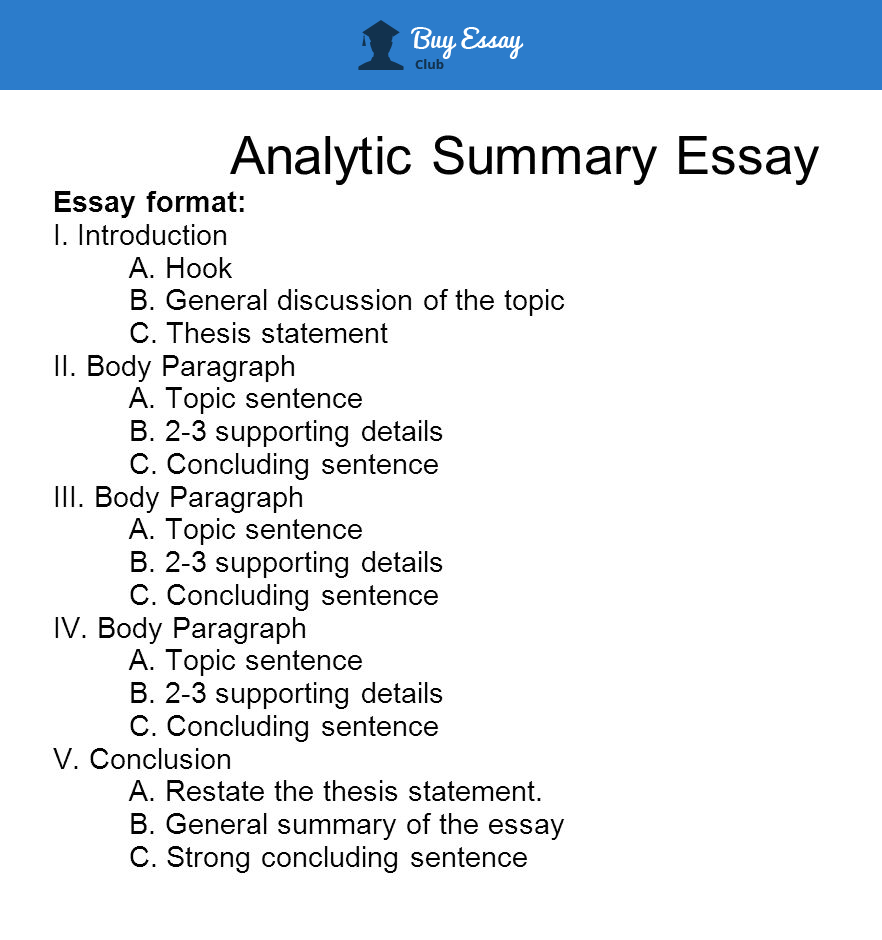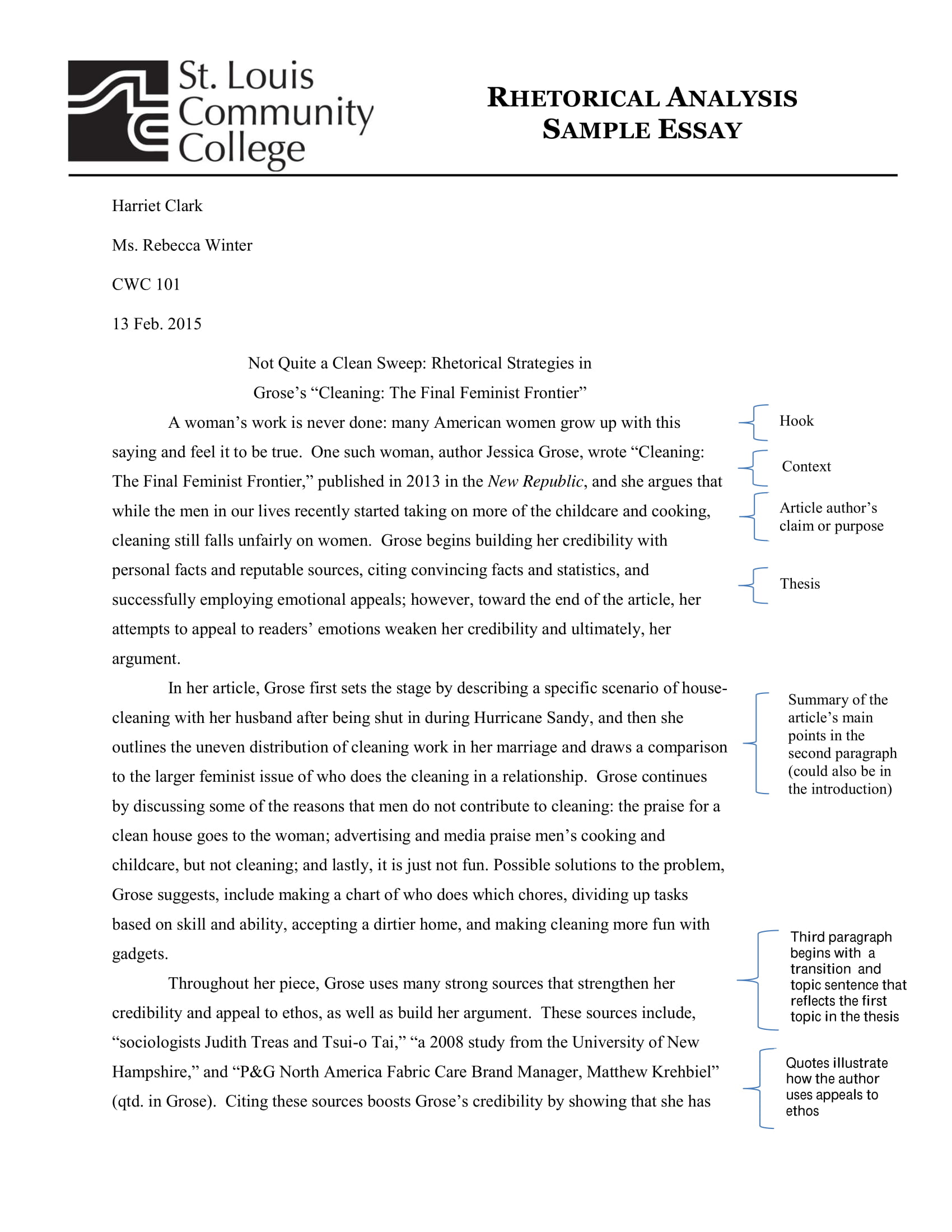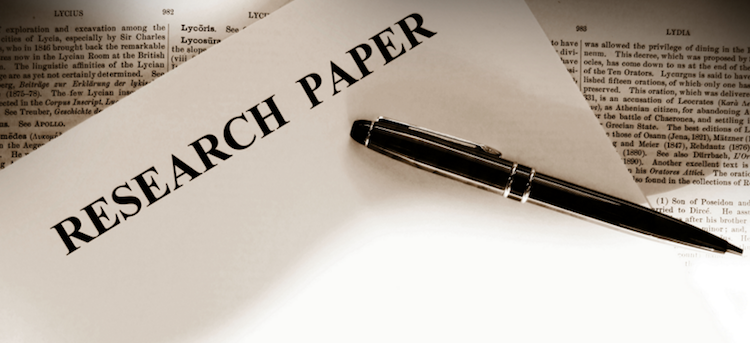
How to Write an Analytical Thesis Statement. 1 Write the Thesis. 2 Determine the topic of the essay. 3 Make a claim about the topic. 4 Find at least three pieces. 5 Combine your claim · Create an Analytical Essay Outline To learn how to write an analytical essay, one should organize the structure of the paper—as it makes the entire writing process easier. Experts recommend having up to five paragraphs on your paper blogger.comless, the Intro-Body (s)-Conclusion formula is a staple in any analytical essay outlne Identify analytical thesis statements. In order to write an analysis, you want to first have a solid understanding of the thing you are analyzing. Remember, this means: Breaking down information or artifacts into component parts. Uncovering relationships among those parts. Determining motives, causes, and underlying assumptions
5 Steps to Write a Great Analytical Essay
In order to write an analysis, you want to first have a solid understanding of the thing you are analyzing. Remember, this means:. You may be asked to analyze a book, an essay, a poem, a movie, or even a song. You have already done analysis at a surface level and you want to begin writing your analysis. You start with the following thesis statement:. In order to write a better thesis statement, we need to dig deeper into the song. What is the importance of the lyrics? What are they really about?
Why is the song about being sad? Why did he present it this way? Why is it a powerful song? Ask questions to lead you to further investigation. Doing so will help you better understand the work, but also help you develop a better thesis statement and stronger analytical essay, how to write an analytical essay thesis. Effective analytical thesis statements require digging deeper and perhaps examining the larger context. Finally, you notice that some of the lyrics in the song how to write an analytical essay thesis on not taking full advantage of the time we have with our loved ones.
How to write an analytical essay thesis of these pieces give you material to write a more complex thesis statement, maybe something like this:. Such a thesis statement is focused while still allowing plenty of room for support in the body of your paper.
It addresses the questions posed above:. Note that the example above is not formulaic, but if you need help getting started, you could use this template format to help develop your thesis statement. Just remember to think about these questions what? and so what? as you try to determine why something is what it is or why something means what it means. Asking these questions can help you analyze a song, story, or work of art, and can also help you construct meaningful thesis sentences when you write an analytical paper.
The latter option can be much easier if you are okay with the changes. Be flexible. Use analysis to get you to the main claim. You may have heard the simile that analysis is like peeling an onion because you have to go through layers to complete your work. You can start the process of breaking down an idea or an artifact without knowing where it will lead you or without a main claim or idea to guide you. Often, careful assessment of the pieces will bring you to an interesting interpretation of the whole.
It also means constructing understandings. When you decide upon the main claim, make sure it is reasoned. In other words, if it is very unlikely anyone else would reach the same interpretation you are making, it might be off base. Not everyone needs to see an idea the same way you do, but how to write an analytical essay thesis reasonable person should be able to understand, if not agree, with your analysis. An effective analytical thesis statement or claim may sound smart or slick, but it requires evidence to be fully realized.
Consider movie trailers and the actual full-length movies they advertise as an analogy. If you see an exciting one-minute movie trailer online and then go see the film only to how to write an analytical essay thesis disappointed because all the how to write an analytical essay thesis parts were in the trailer, you feel cheated, right?
A paper with a strong thesis statement but lackluster evidence feels the same way to readers. So what does strong analytical evidence look like? Keep in mind that evidence used in writing analytically will build on itself as the piece progresses, much like a good movie builds to an interesting climax.
Be selective about evidence. Consider the best points to back up your analytic thesis statement and go deeply into them. Also, remember that you may modify your thesis statement as you think and write, so being selective about what evidence you use in an analysis may actually help you narrow down what was a broad main claim as you work.
Be clear and explicit with your evidence. Make your points and explain them in detail, providing information and context for readers, where necessary. Need a movie analogy? Move past obvious interpretations. Analyzing requires brainpower. Writing analytically is even more difficult. Many times writers have a couple of great pieces of evidence to support an interesting interpretation, but they feel the need to tack on an obvious idea—often more of an observation than analysis—somewhere in their work.
This tendency may stem from the conventions of the five-paragraph essay, which features three points of support. Writing analytically, though, does not mean writing a five-paragraph essay not much writing in college does.
Develop your other evidence further or modify your main idea to allow room for additional strong evidence, but avoid obvious observations as support for your main claim. One last movie comparison? Go take a look at some of the debate on predictable Hollywood scripts. Have you ever watched a movie and felt like you have seen it before? You have, in one way or another. A sharp reader will be about as interested in obvious evidence as he or she will be in seeing a tired script reworked for the thousandth time, how to write an analytical essay thesis.
One type of analysis you may be asked to write is a literary analysis, in which you examine a piece of text by breaking it down and looking for common literary elements, such as character, how to write an analytical essay thesis, symbolism, plot, setting, imagery, and tone. Similarly, when analyzing a literary text you want to look at all of the literary elements that contribute to the work. Improve this page Learn More. Skip to main content.
Module 8: Analysis and Synthesis. Search for:. Analytical Thesis Statements Learning Objective Describe strategies for writing analytical thesis statements Identify analytical thesis statements. Try It Look for analytical thesis statements in the following activity.
Try It. Key Takeaways about evidence Be selective about evidence. Watch It One type of analysis you may be asked to write is a literary analysis, in which you examine a piece of text by breaking it down and looking for common literary elements, such as character, symbolism, plot, setting, imagery, and tone. Did you have an idea for improving this content?
UCLA Undergraduate Writing Center, how to write an analytical essay thesis. Licenses and Attributions. CC licensed content, Original.
How to Write a Thesis Statement for a Literary Analysis Essay
, time: 3:31How to Write an Analytical Essay: 15 Steps (with Pictures)

How to Write an Analytical Thesis Statement. 1 Write the Thesis. 2 Determine the topic of the essay. 3 Make a claim about the topic. 4 Find at least three pieces. 5 Combine your claim · Create an Analytical Essay Outline To learn how to write an analytical essay, one should organize the structure of the paper—as it makes the entire writing process easier. Experts recommend having up to five paragraphs on your paper blogger.comless, the Intro-Body (s)-Conclusion formula is a staple in any analytical essay outlne Identify analytical thesis statements. In order to write an analysis, you want to first have a solid understanding of the thing you are analyzing. Remember, this means: Breaking down information or artifacts into component parts. Uncovering relationships among those parts. Determining motives, causes, and underlying assumptions

No comments:
Post a Comment